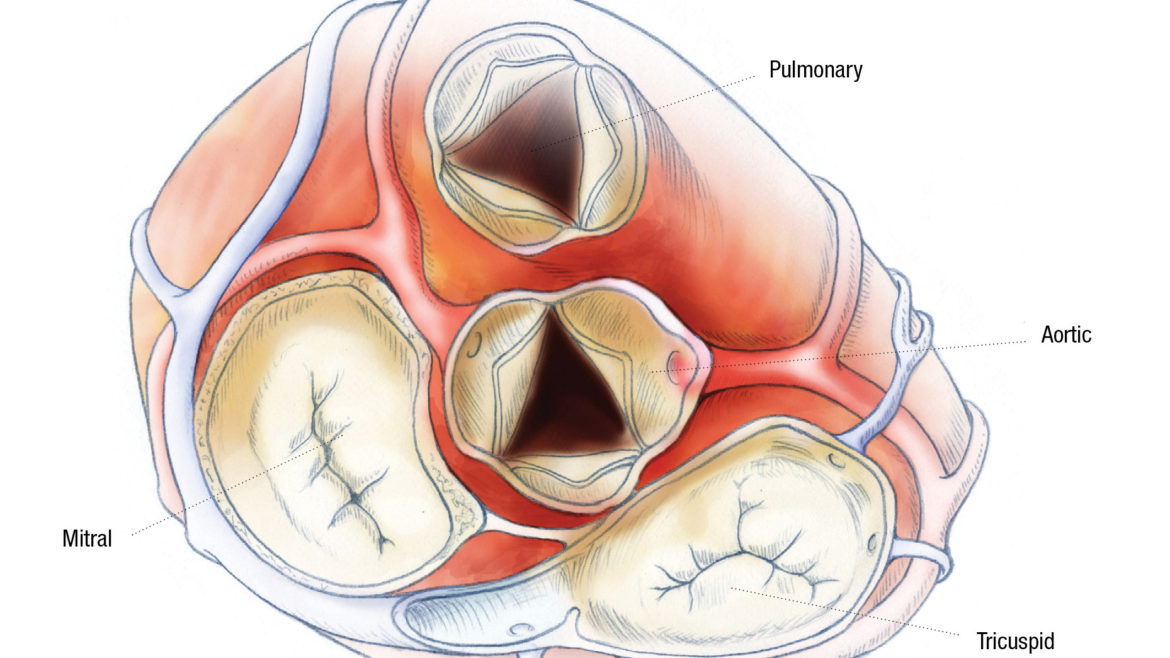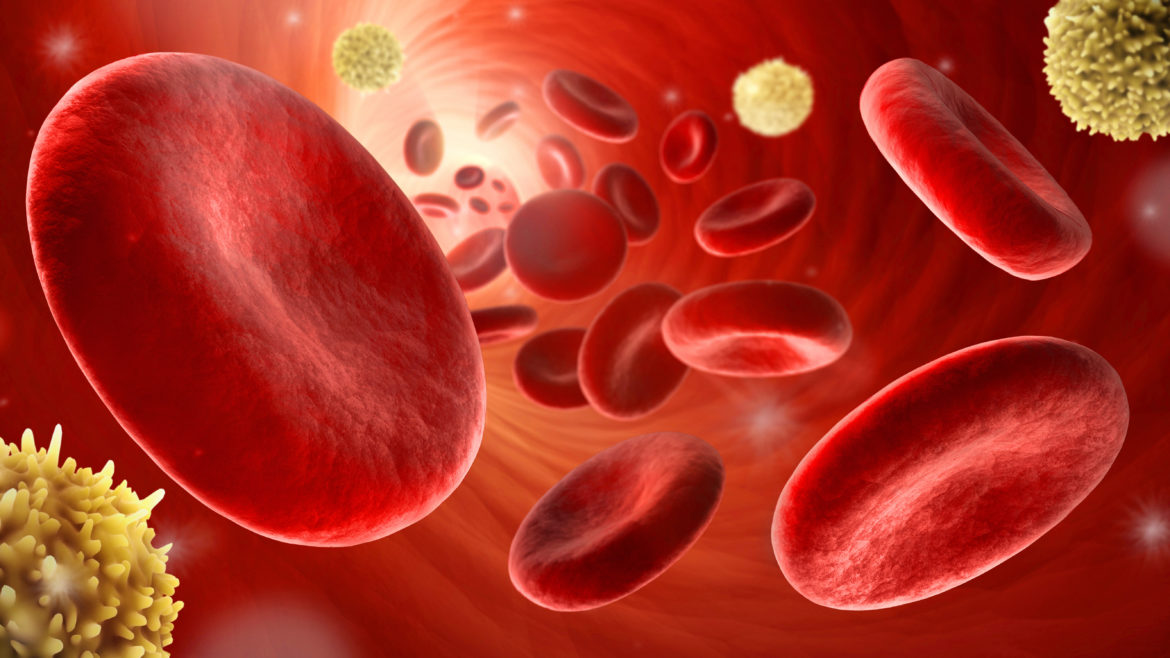Investigating Youth Suicides Among Children Involved With the Welfare System
Investigating Youth Suicides Among Children Involved With the Welfare System https://pediatricsnationwide.org/wp-content/uploads/2019/05/AdobeStock_69121448-1024x683.jpg 1024 683 Natalie Wilson https://pediatricsnationwide.org/wp-content/uploads/2021/06/Natalieheadshot3-2.pngYouth with child welfare involvement are at an elevated risk for suicide but may benefit from suicide prevention interventions targeting health care settings and family-preservation. Suicide is the second leading cause of death among youth aged 5 to 21 years in the United States. Between 2010 and 2019, suicide rates among this group increased 40%.…








